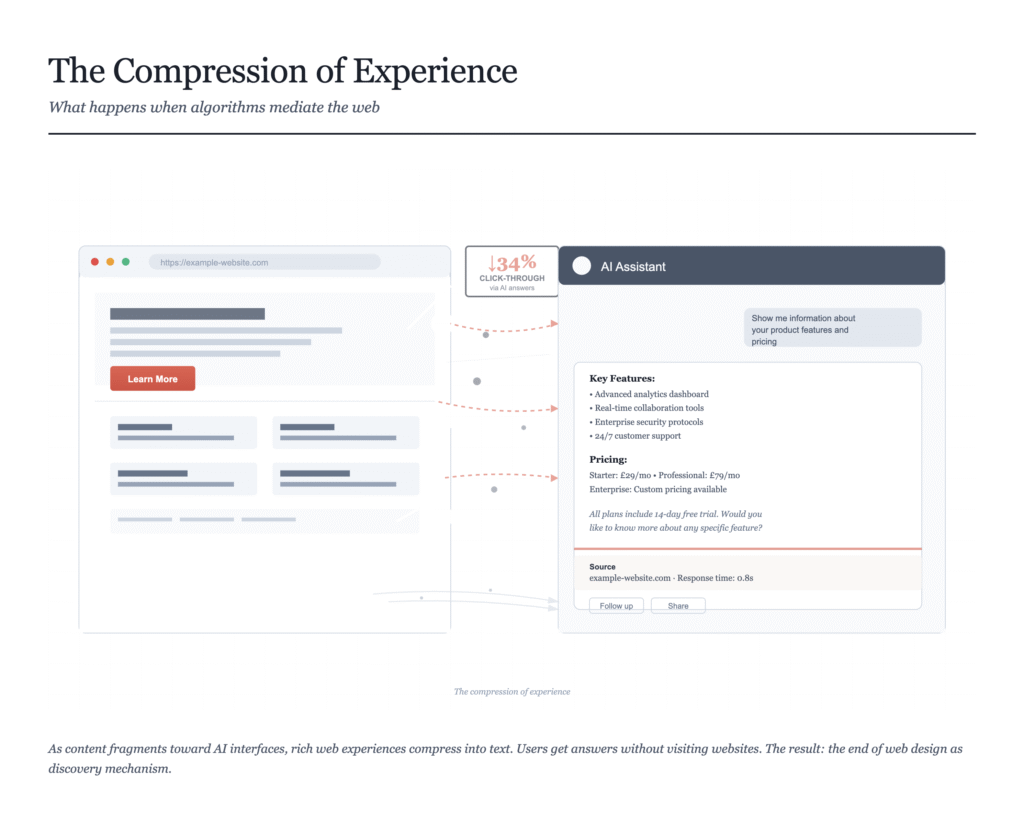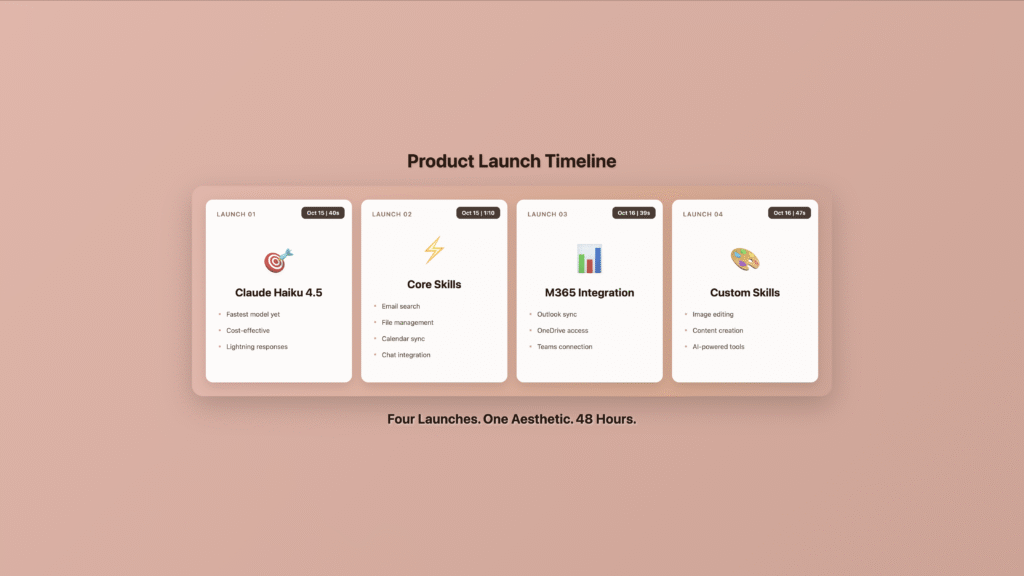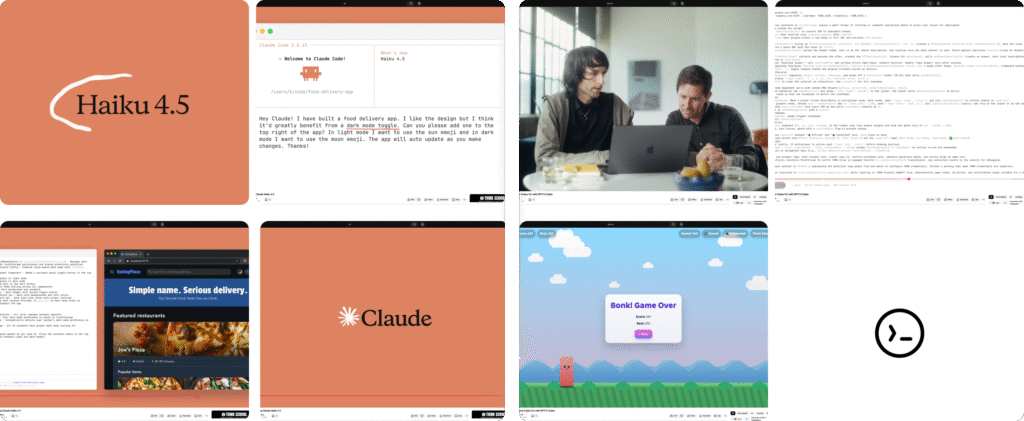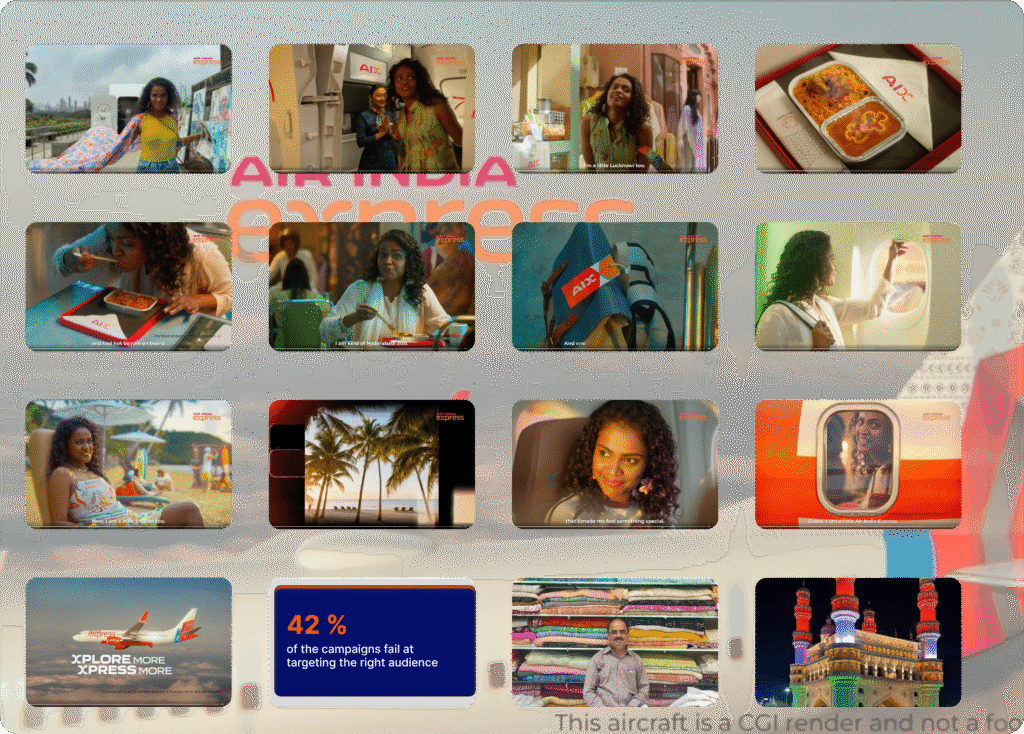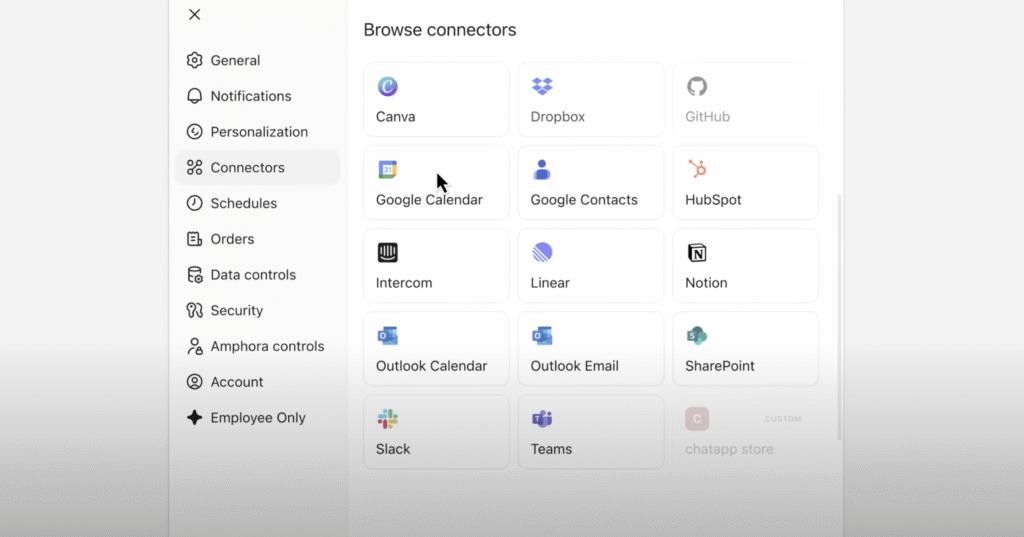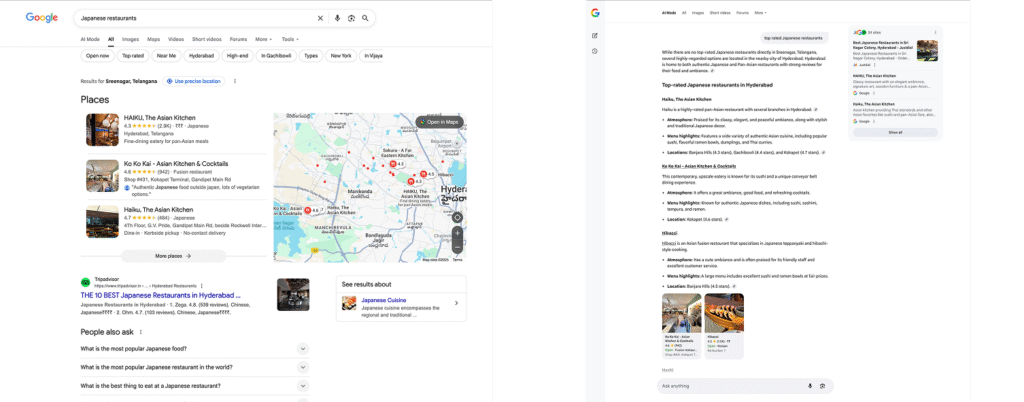YouTube Just Broke the Internet’s Muscle Memory—and Your Marketing Strategy
YouTube’s October 2025 redesign broke a decade of muscle memory. Translucent controls fail accessibility standards. Creators report 15-30% slower workflows. This isn’t just controversial—it’s quantifiably problematic. Here’s what changed, why it matters, and what marketers and creators must do now.
YouTube Just Broke the Internet’s Muscle Memory—and Your Marketing Strategy Read More »


